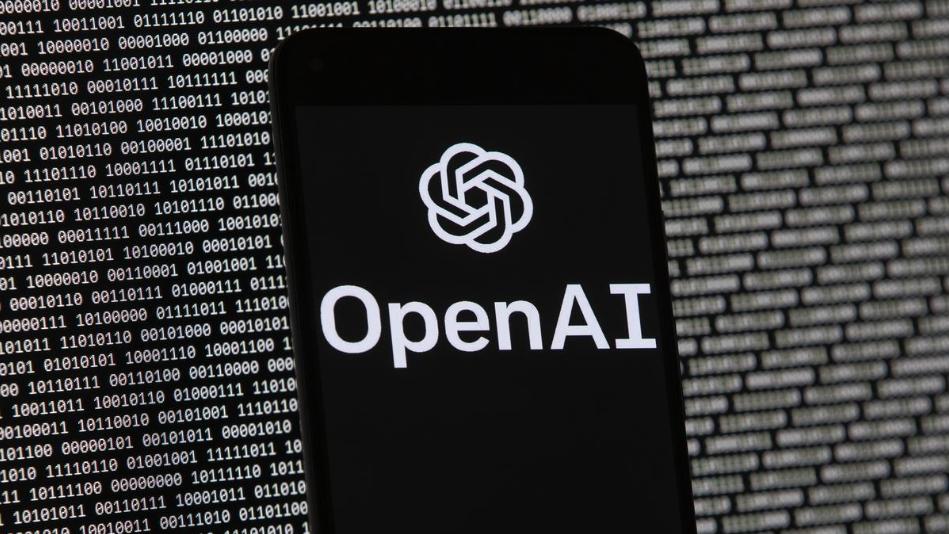
Microsoft's OpenAI recently unveiled its first AI model with reasoning capabilities, code-named Strawberry, which is a break from previous AI models by focusing on thoroughly understanding a problem before generating a response. This attempt aims to provide more accurate and reliable results, and to perform more complex tasks through advanced reasoning, especially in areas such as scientific research, programming, and mathematics.
First, the Strawberry model is unique in that it has the ability to think rather than just pattern matching or repeating training data. It employs an inference technique called "chain of thought", which breaks down complex problems into smaller logical steps. This inference-based AI technology has a wide range of potential applications, including optimizing supply chain logistics and predicting market trends more accurately. The ability to handle multi-step problems makes AI systems more versatile and applicable in a variety of fields.
In addition, OpenAI says the Strawberry model is a truly reasoning AI system that uses a technique called "reinforcement learning" to train the model to solve problems autonomously. Queries are processed through a "chain of thought," an approach similar to how humans solve problems step by step. The core function of the model is a "self-taught reasoner," which is like giving the AI a chance to practice on its own. Unlike simple pattern recognition, this approach takes AI into the realm of real problem solving. This technique shows that the model can be used in a wide range of fields, for example, medical researchers can use it to parse cell annotation sequence data, and physicists can use it to derive complex equations for quantum optics. In addition, it has the ability to debug and write complex code, making it a valuable asset for software developers.
Second, OpenAI may see Strawberry as a mission-critical benchmark, which is bound to attract the attention of enterprises, especially those frustrated with the limitations of current generative AI technologies. A recent survey by HR experts Peninsula revealed that 41 percent of companies exploring generative AI are most concerned about data inaccuracies, while Gartner predicts that by the end of this year, a third of generative AI projects will be abandoned due to obstacles to implementation. In addition, OpenAI plans to further enhance the usefulness of the Strawberry model by enhancing features such as browsing, file uploading and image generation.
However, the core strength of inference-focused AI like Strawberry lies in solving complex problems, which could lead to major changes in fields such as legal technology, healthcare, and scientific research. The potential downside, however, is that response times can be slow. This kind of systems thinking takes time, which can be a drawback in a world that relies heavily on instant gratification.
In short, the release of Strawberry comes at a critical time in the development of artificial intelligence. Although the gap between artificial intelligence and human intelligence is getting smaller and smaller, this does not mean that we are about to usher in machines with true sensing capabilities, but it marks an important step for artificial intelligence systems. These systems can not only process information, but also understand and analyze it in context. It represents a fundamental shift in what we expect from artificial intelligence. As these models move from the lab to practical applications, we are entering a new era in which AI is used not just as a tool, but as a partner capable of solving some of our most complex challenges.

Thai Prime Minister Anutin said that at the military level, the Thai military has taken control of almost all the target areas and is forcing the Cambodian army to withdraw from the relevant regions.
Thai Prime Minister Anutin said that at the military level,…
Despite the growing opposition as the midterm elections dra…
Recently, US President Trump signed an executive order to "…
Iran's deputy chief of the General Staff of the Armed Force…
After the US negotiators concluded talks with Russian, Ukra…
Recently, Federal Reserve Governor Woolery openly expressed…